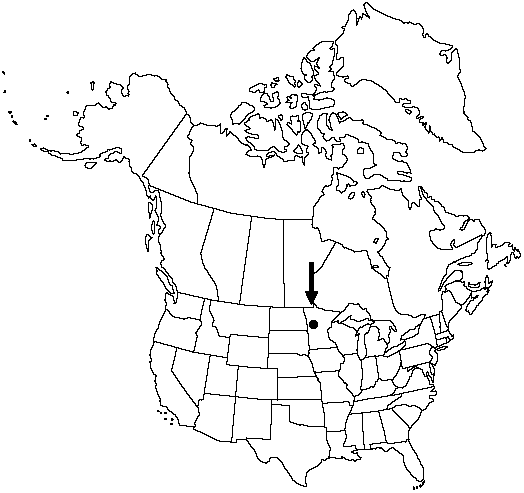Difference between revisions of "Botrychium gallicomontanum"
Amer. Fern J. 81: 1, figs. 1, 2, 4. 1991.
FNA>Volume Importer |
imported>Volume Importer |
||
| (5 intermediate revisions by 2 users not shown) | |||
| Line 34: | Line 34: | ||
-->{{#Taxon: | -->{{#Taxon: | ||
name=Botrychium gallicomontanum | name=Botrychium gallicomontanum | ||
| − | |||
|authority=Farrar & Johnson Groh | |authority=Farrar & Johnson Groh | ||
|rank=species | |rank=species | ||
| Line 49: | Line 48: | ||
|publication year=1991 | |publication year=1991 | ||
|special status= | |special status= | ||
| − | |source xml=https:// | + | |source xml=https://bitbucket.org/aafc-mbb/fna-data-curation/src/2e0870ddd59836b60bcf96646a41e87ea5a5943a/coarse_grained_fna_xml/V2/V2_778.xml |
|genus=Botrychium | |genus=Botrychium | ||
|subgenus=Botrychium subg. Botrychium | |subgenus=Botrychium subg. Botrychium | ||
Latest revision as of 20:25, 5 November 2020
Trophophore stalk 1–8 mm; blade yellow-green, ovate to oblong-linear, 1-pinnate, to 3 × 0.9 cm, firm, glaucescent. Pinnae to 6 pairs, strongly ascending, well separated, distance between the 1st and 2d pinnae considerably greater than between 2d and 3d pairs, basal pinna pair approximately equal in size and cutting to adjacent pair, fan-shaped to narrowly spatulate, often asymmetric, with distal portion longer than and arching over proximal portion, undivided to tip, rarely 2-cleft, margins entire to irregularly cleft, apex rounded, venation like ribs of fan, midrib absent. Sporophores 2–3-pinnate, 1.5–3 times length of trophophore.
Phenology: Leaves appearing in midspring, dying in summer.
Habitat: Prairies
Elevation: 300 m
Discussion
Botrychium gallicomontanum is known only from one locality in western Minnesota, where it grows with both B. campestre and B. simplex. It is intermediate between them in the spacing, shape, and stalk length of the pinnae. This is one of four moonwort species that commonly produce dense clusters of minute, spheric gemmae at the root bases. This moonwort is probably an allopolyploid of the two associated species.
Of conservation concern.
Selected References
None.
